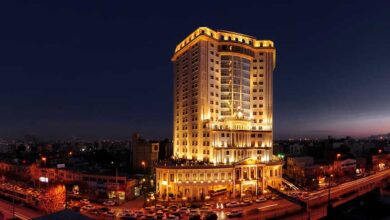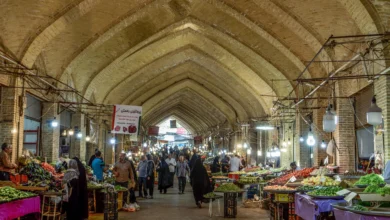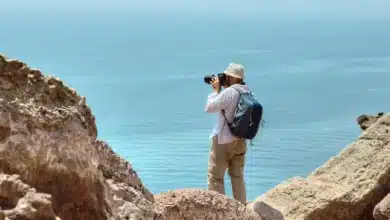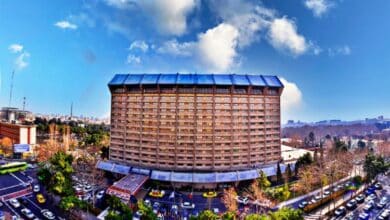10 Iconic Persian Poets Who Shaped Iran’s Soul
Top Persian Poets Who Defined a Culture
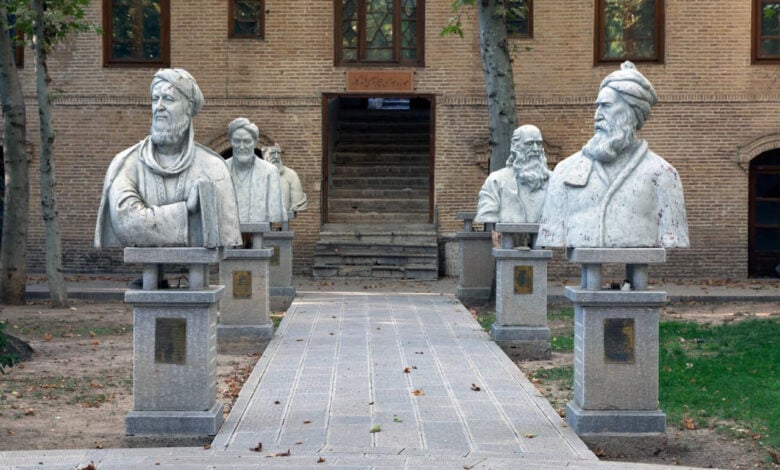
Persian poetry is a window into the heart of Iran’s culture, a vibrant tapestry of love, spirituality, and human experience that has captivated readers for centuries. As a blogger for OrientTrips, I’m thrilled to share the stories of ten legendary Persian poets whose words have not only defined Persian literature but also resonated globally, offering timeless insights into the human condition.
These poets, from the lyrical genius of Rudaki to the mystical musings of Hafez, wove tales of passion, divinity, and resilience that continue to inspire. Whether you’re planning a trip to Iran or simply curious about its literary heritage, join me on this journey through the lives and legacies of these poetic giants. Let’s dive into the magic of Persian poetry!
Contents
Why Persian Poetry Matters
Poetry in Persian culture is more than art—it’s a way of life. It captures the shared joys, sorrows, and aspirations of humanity, turning fleeting emotions into eternal truths. “A poet speaks what others feel but cannot name,” writes an Iranian scholar, echoing the power of Persian poets to articulate the unspoken.
From the bustling bazaars of Mashhad to the serene gardens of Shiraz, poetry has shaped Iran’s identity, blending everyday life with profound spiritual quests. For travelers, exploring these poets’ hometowns—like Nishapur or Shiraz—offers a deeper connection to Iran’s soul. Ready to meet the masters who made this possible?

1. Rudaki: The Father of Persian Poetry
Known as the “Father of Persian Poetry,” Rudaki (858–941 CE) laid the foundation for Persian literature in the Samanid court. Born Abu Abdullah Jafar ibn Muhammad, he served under Amir Nasr II, earning wealth and admiration for his versatility.
Only 52 of his estimated million verses survive, yet they reveal a master who could distill complex emotions into simple, evocative lines. Rudaki pioneered the divan (poetry collection) and refined forms like the ghazal, qasida, and rubai. His work, blending human sentiment with lyrical grace, set the stage for centuries of poetic innovation. Imagine strolling through Samanid-era Bukhara, where Rudaki’s verses once echoed in royal halls!
Why Rudaki Shines
His ability to capture universal feelings—like love and loss—in accessible language makes Rudaki timeless. His legacy as a trailblazer invites travelers to explore Iran’s literary roots, perhaps while visiting historic sites in Khorasan.
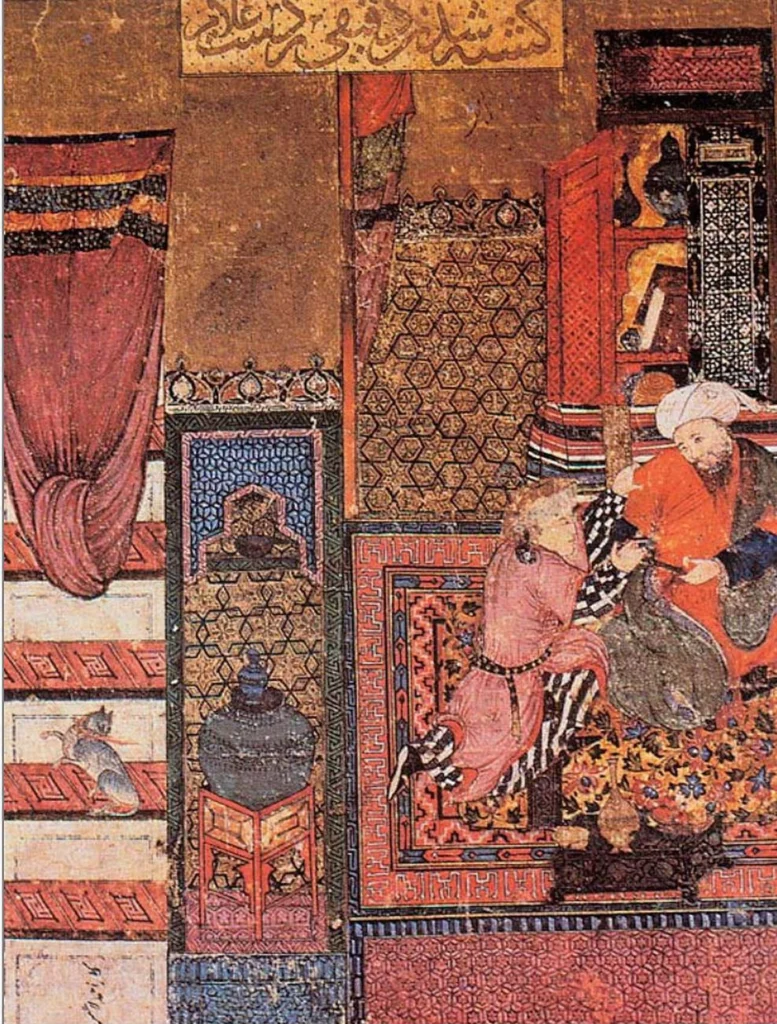
2. Daqiqi: The Epic Trailblazer
Daqiqi (d. 977 CE), or Abu Mansur Daqiqi, was a court poet under Amir Mansur I Samanid, tasked with an ambitious project: immortalizing Iran’s history and myths. Commissioned to create the Shahnameh, Daqiqi drew from the Sasanian Khwadāy-nāmag, crafting about 1,000 verses before his untimely death at the hands of a servant.
His formal, epic style celebrated Persia’s past, laying groundwork for Ferdowsi’s masterpiece. Though few of his works survive, Daqiqi’s contribution to Persian epic poetry endures, sparking curiosity about Iran’s ancient tales.
Daqiqi’s Lasting Impact
Daqiqi’s vision for the Shahnameh reflects Persia’s passion for its heritage. For travelers, his story connects to Mashhad’s cultural vibrancy, where epic narratives still resonate.
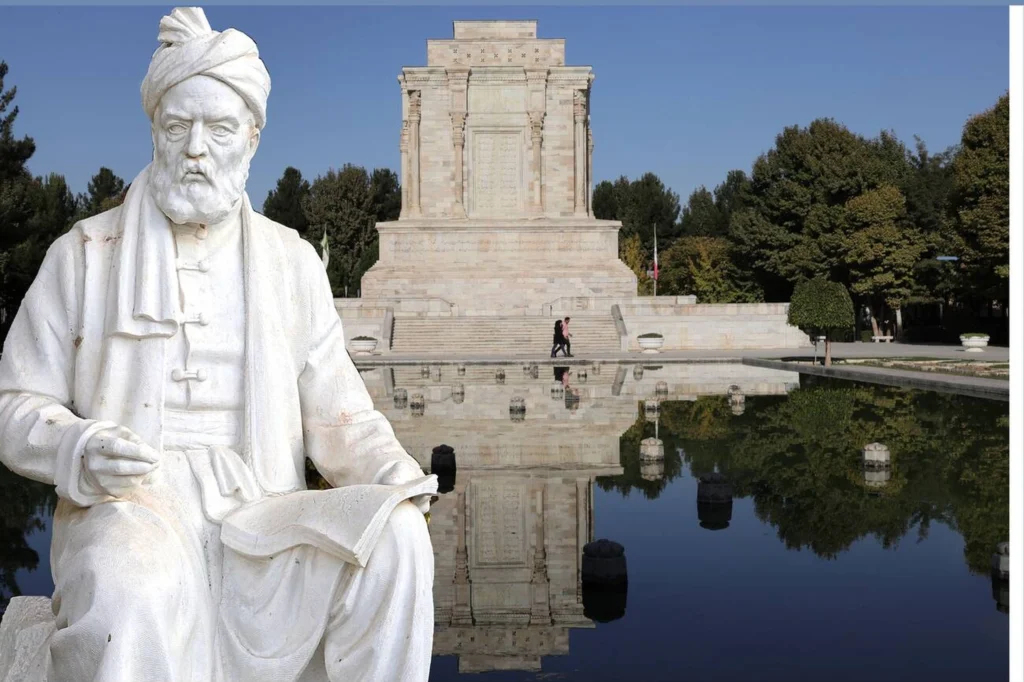
3. Ferdowsi: The Epic Poet of the Shahnameh
Ferdowsi (940–1020 CE), born Abu al-Qasim Ferdowsi Tusi, is Iran’s epic poet laureate, celebrated for his Shahnameh, the “National Epic of Iran.” A member of the landowning dehqan class, he took up Daqiqi’s unfinished work, completing a 50,000-verse saga chronicling Persia’s myths, legends, and history from creation to the Islamic conquest.
Despite political shifts from Samanids to Ghaznavids, who valued poetry less, Ferdowsi’s dedication never wavered. “The Shahnameh is our identity,” says a Mashhad bookseller, and its tales of heroes like Rostam captivate readers worldwide. Little is known of Ferdowsi’s life—he was married, had a daughter, and mourned a son—but his work remains a literary colossus.
Why Ferdowsi Endures
The Shahnameh’s blend of history and myth makes it a must-read for Iran explorers. Visit Tus, Ferdowsi’s hometown, to feel the epic’s living presence.
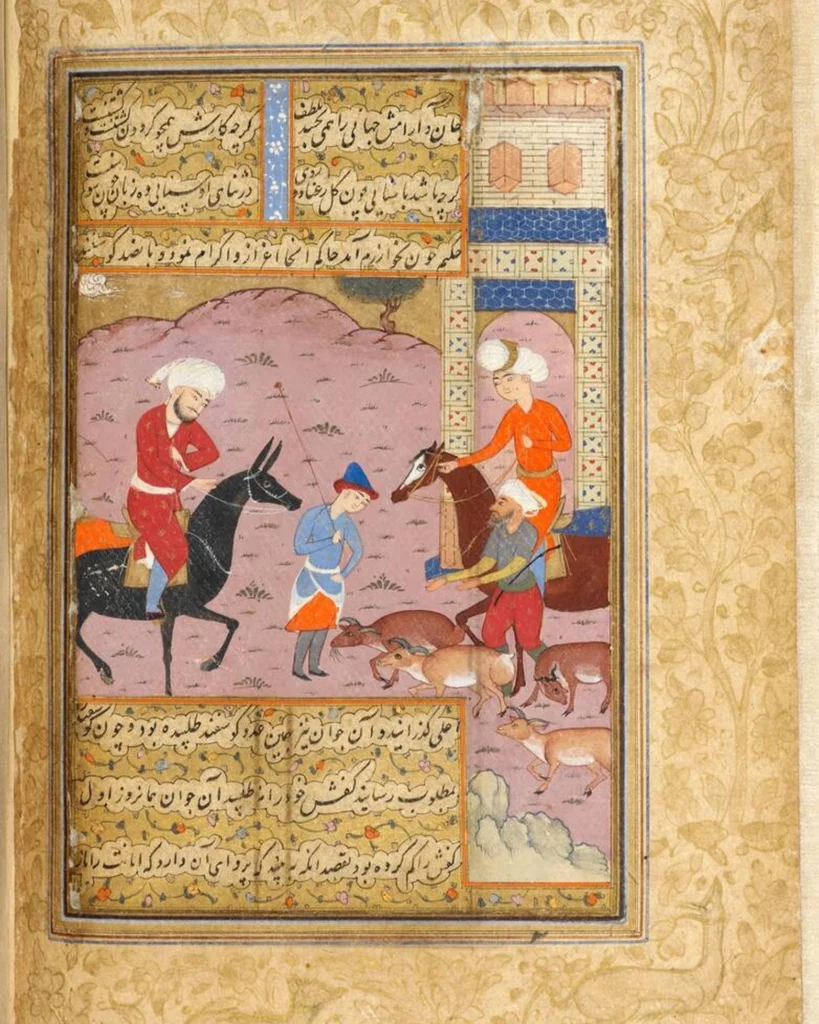
4. Sanai: The Mystic Pioneer
Sanai (1080–1131 CE), or Abul-Majd Majdud ibn Adam Sanai Ghaznavi, transformed Persian poetry with his mystical vision. A court poet for Ghaznavid ruler Bahram Shah, Sanai’s life changed after encountering a drunken man who criticized his flattery of the king.
Inspired, he abandoned court life for Sufism, producing the Hadiqat al-Haqiqa (Garden of Truth), a mystical epic exploring humanity’s bond with the divine. “God is within—know yourself to know Him,” Sanai wrote, using wine as a metaphor for divine love. His shift to spiritual themes influenced later poets like Rumi.
Sanai’s Spiritual Legacy
Sanai’s Sufi insights invite travelers to reflect in Iran’s quiet mosques or gardens, where his words still echo.
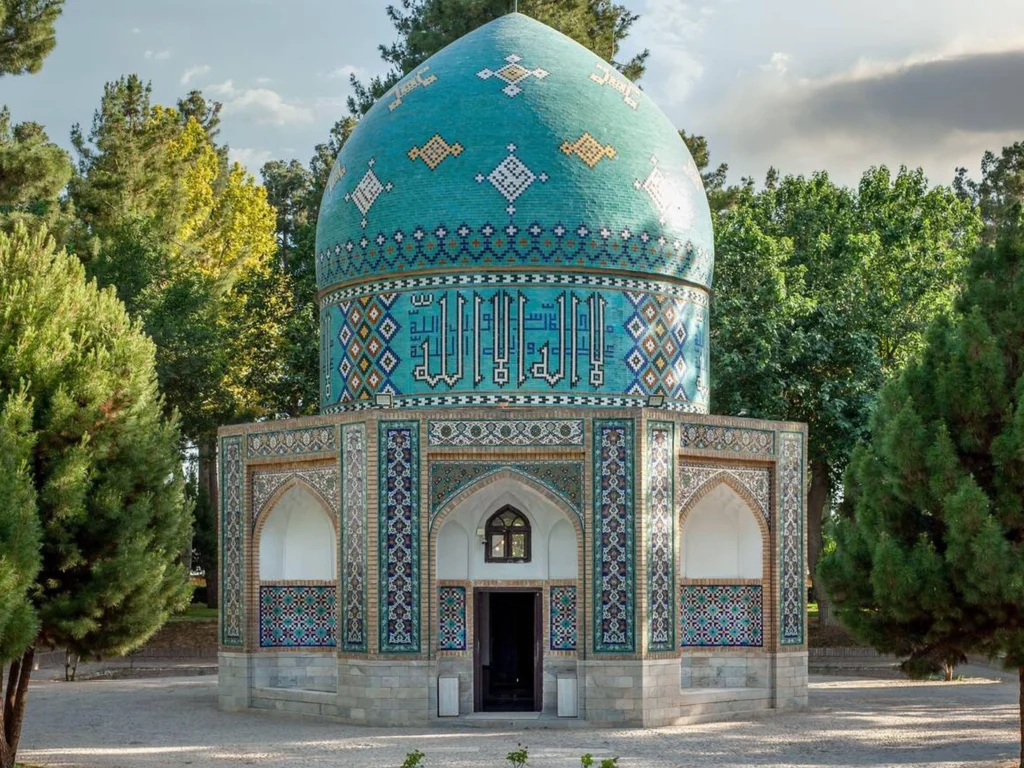
5. Attar: The Allegorical Master
Attar (1145–1221 CE), or Fariduddin Abu Hamid Muhammad Attar Nishapuri, was a pharmacist by trade but a poet by destiny. Rejecting court patronage, he crafted spiritual works like Mantiq al-Tayr (Conference of the Birds), an allegory where birds seek a king, only to discover their own divine potential.
Leading 30 birds (si morgh) to the mythical Simorgh, Attar’s tale reflects Sufi self-discovery. Killed during the Mongol invasion of Nishapur, his legacy lives in his call to seek truth within.
Attar’s Timeless Appeal
Conference of the Birds is a spiritual roadmap, perfect for travelers visiting Nishapur’s historic sites, where Attar’s spirit lingers.
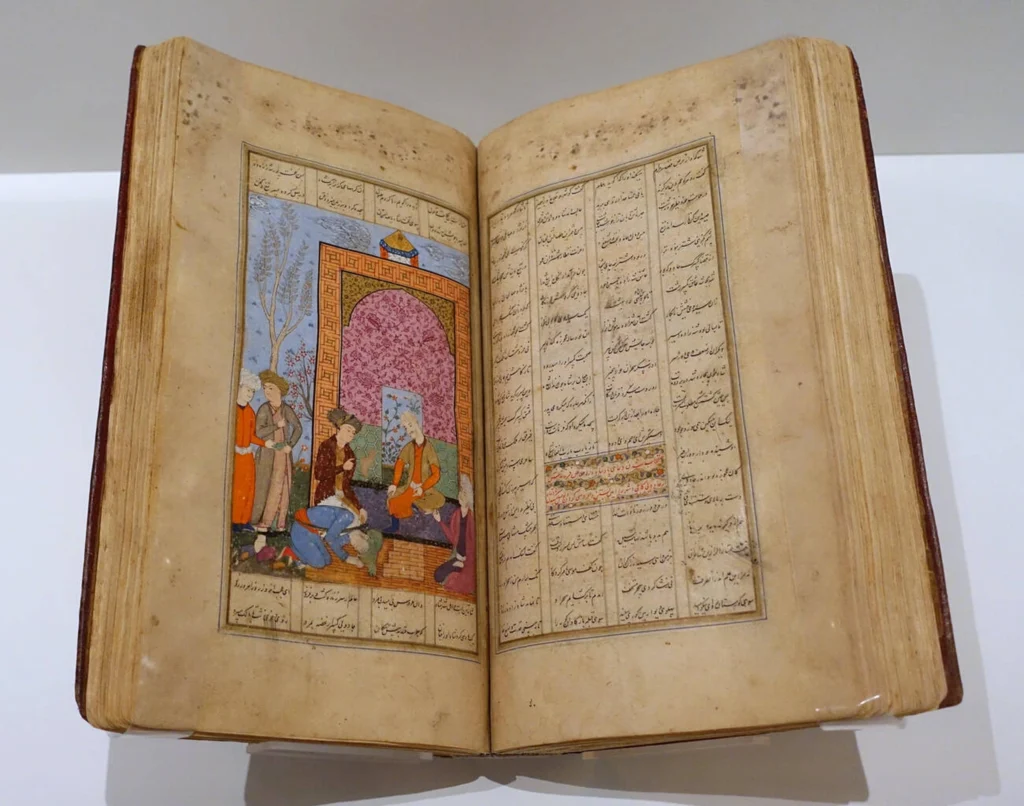
6. Rumi: The Global Mystic
Rumi (1207–1273 CE), or Jalaluddin Muhammad Balkhi, known as “Mawlana” (Our Master), is Persian poetry’s global icon. A scholar fluent in Persian, Arabic, Greek, and Turkish, Rumi’s life transformed after meeting Sufi mystic Shams Tabrizi in 1244. Their bond inspired the Masnavi, a poetic exploration of the soul’s quest for God, weaving Quranic tales and local folklore.
“Rumi speaks to everyone,” says a Konya bookseller, where Rumi settled. His disappearance of Shams sparked profound verses, blending loss with divine love. Rumi’s universal appeal draws travelers to Iran’s Sufi heritage.
Rumi’s Universal Voice
Rumi’s Masnavi invites reflection in Iran’s tranquil shrines, connecting visitors to the mystic heart of Persia.
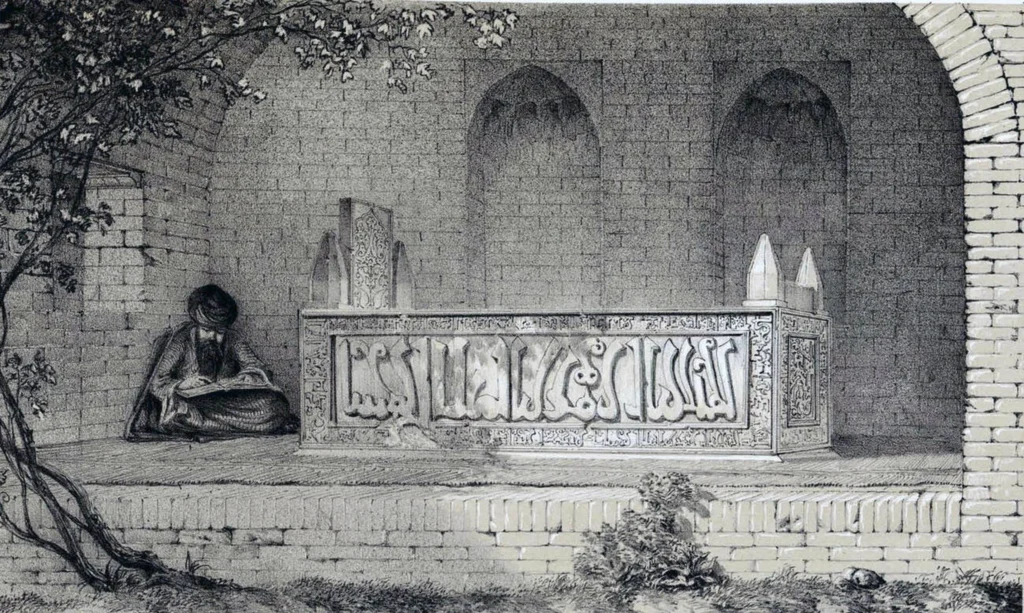
7. Saadi: The Wanderer’s Poet
Saadi (1210–1291 CE), or Abu Muhammad Muslih ibn Abdullah Shirazi, crafted poetry shaped by travel and turmoil. Fleeing Mongol invasions, he studied in Baghdad and roamed Syria, Egypt, and India, preferring the company of ordinary folk over elites.
Returning to Shiraz in 1257, he wrote Gulistan and Bustan, exploring ethics and Sufi wisdom. “Saadi’s words are a mirror to the soul,” notes a Shiraz guide. His travelogues and historical references make him a poet, chronicler, and sage.
Saadi’s Ethical Vision
Saadi’s Shiraz tomb is a pilgrimage for poetry lovers, offering insights into Persia’s moral and spiritual depth.
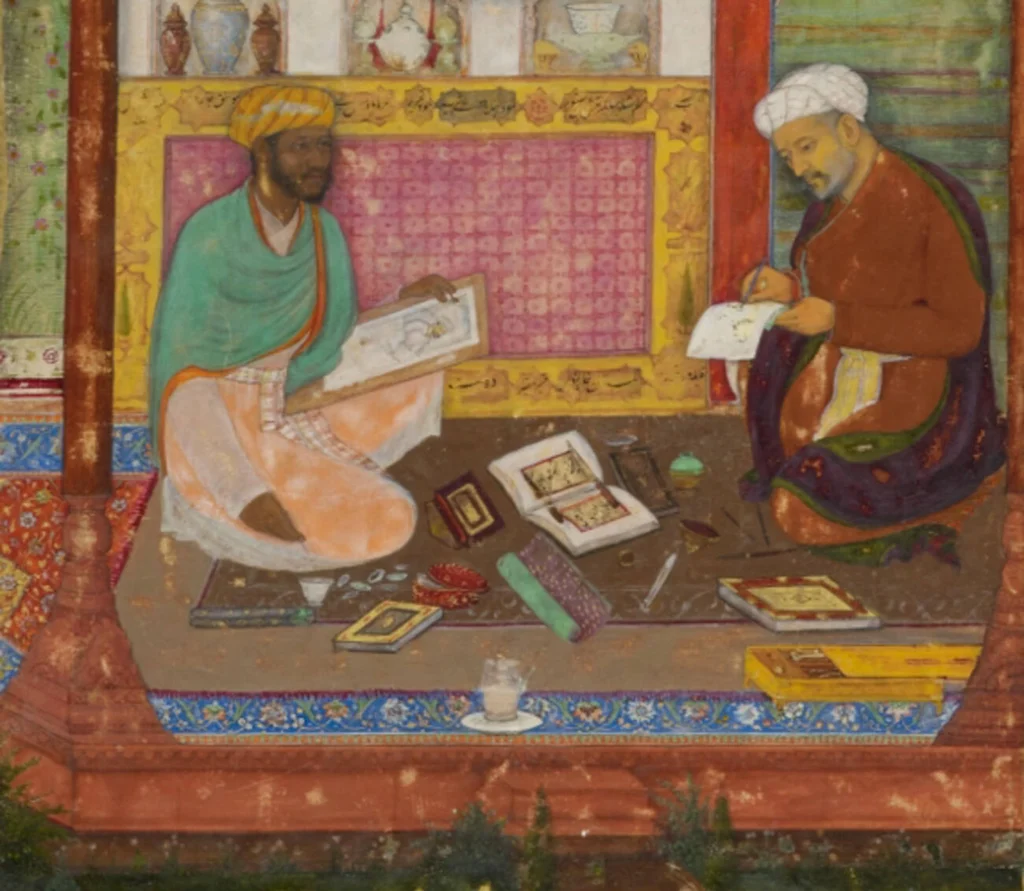
8. Nizami: The Romantic Virtuoso
Nizami Ganjavi (1141–1209 CE), born in Ganja (modern Azerbaijan), is Persian poetry’s romantic maestro. Orphaned young, he drew from Ferdowsi and Sanai, mastering epic romance in his Khamsa (Five Treasures). Works like Khosrow and Shirin and Layla and Majnun celebrate love as life’s essence.
“Without love, life is empty,” Nizami wrote, a sentiment echoing through his intricate narratives. His memorized Shahnameh shines in his vivid storytelling, making him a literary titan.
Nizami’s Romantic Allure
Nizami’s tales inspire visits to Ganja’s historic sites, where his romantic vision feels alive.
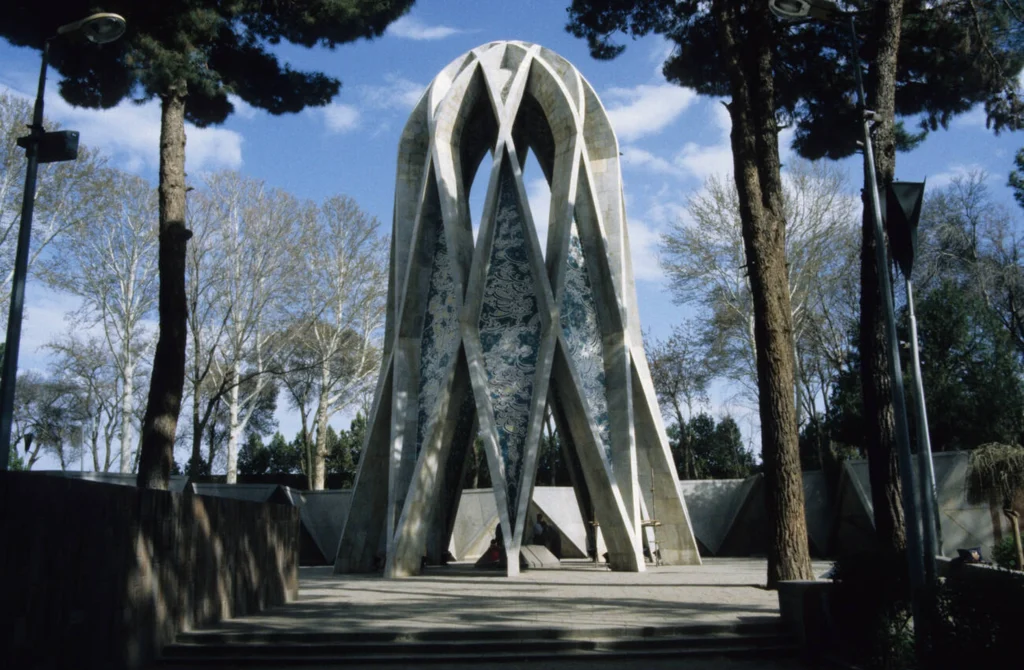
9. Khayyam: The Philosopher-Poet
Omar Khayyam (1048–1131 CE), born in Nishapur, was a mathematician and astronomer whose Rubaiyat gained global fame via Edward Fitzgerald’s 1859 translation. Known for reforming the Jalali calendar, Khayyam’s poetry questions life’s meaning with wit and skepticism.
“His rubais are like stars—brief but brilliant,” says a Nishapur librarian. Some debate his authorship, but his verses, blending science and philosophy, remain iconic.
Khayyam’s Global Reach
Khayyam’s Nishapur legacy draws travelers to explore Persia’s intellectual heritage, from observatories to poetic haunts.
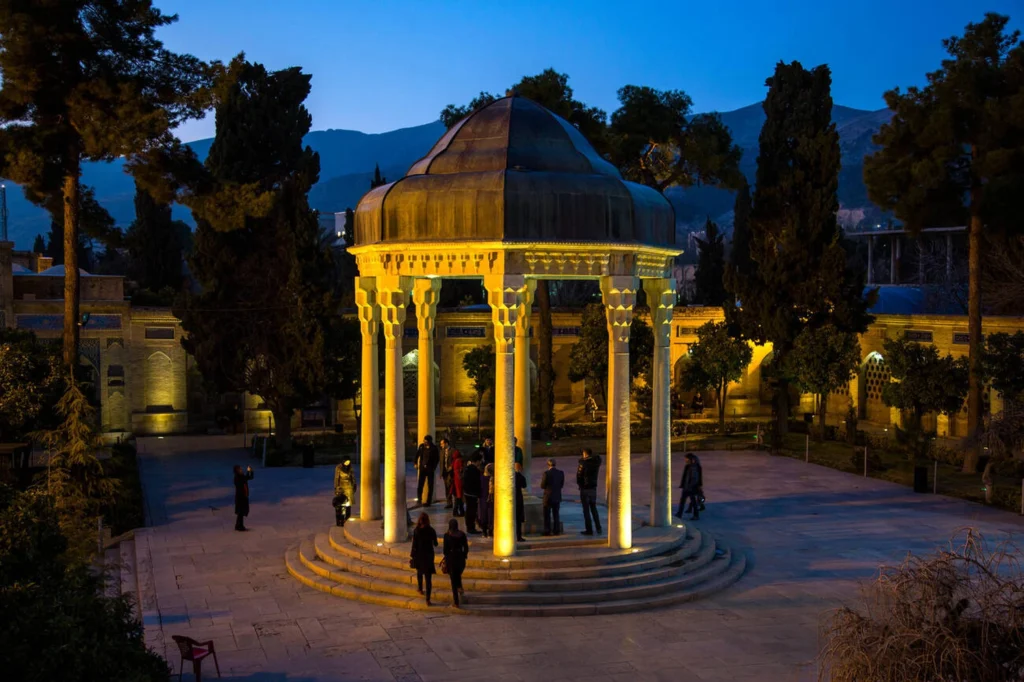
10. Hafez: The Lyrical Mystic
Hafez (1315–1390 CE), or Khwaja Shamsuddin Muhammad Hafez Shirazi, is Persia’s lyrical genius. Born in Shiraz, he drew from Sanai, Attar, and Rumi, weaving Sufi mysticism with love’s intoxicating power. “Wine is God’s love, intoxicating the seeker,” Hafez wrote, echoing Sanai.
His Divan explores self-knowledge and divine unity, earning him a grand Shiraz tomb. “Hafez is our heartbeat,” says a local poet, reflecting his enduring allure.
Hafez’s Poetic Sanctuary
Hafez’s Shiraz tomb is a must-visit, where his verses inspire reflection amid fragrant gardens.
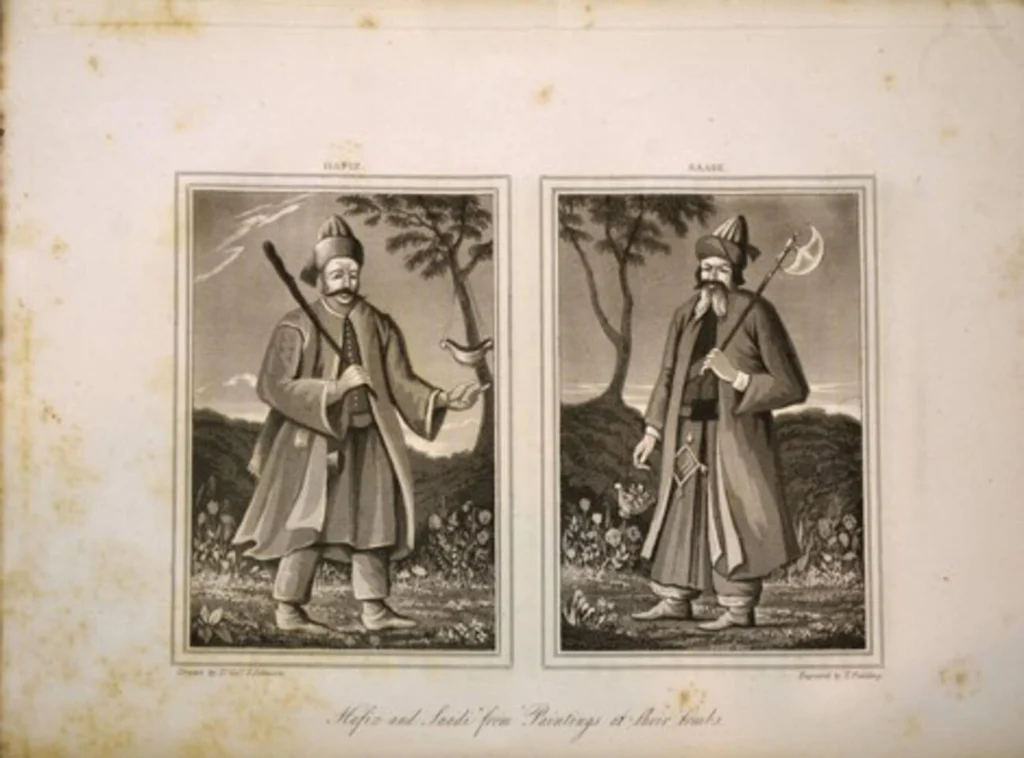
The Legacy of Persian Poets
These ten poets—Rudaki to Hafez—crafted a Persian literary tradition that blends the earthly and divine, resonating across cultures. Their works, from epic Shahnameh to mystical Masnavi, explore love, truth, and resilience, inviting travelers to Iran’s poetic landscapes.
Whether you’re wandering Shiraz’s gardens or Mashhad’s shrines, their voices echo, offering wisdom for the soul. Which poet speaks to you? Share your favorite in the comments, and let’s keep the poetry alive!
